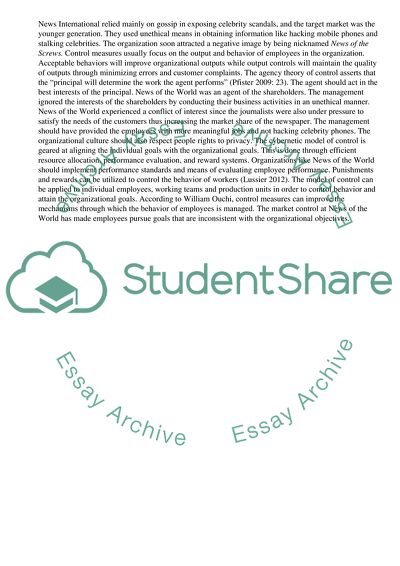Cite this document
(“Organisational Behaviour Coursework Example | Topics and Well Written Essays - 1750 words”, n.d.)
Organisational Behaviour Coursework Example | Topics and Well Written Essays - 1750 words. Retrieved from https://studentshare.org/business/1464269-organisational-behaviour
Organisational Behaviour Coursework Example | Topics and Well Written Essays - 1750 words. Retrieved from https://studentshare.org/business/1464269-organisational-behaviour
(Organisational Behaviour Coursework Example | Topics and Well Written Essays - 1750 Words)
Organisational Behaviour Coursework Example | Topics and Well Written Essays - 1750 Words. https://studentshare.org/business/1464269-organisational-behaviour.
Organisational Behaviour Coursework Example | Topics and Well Written Essays - 1750 Words. https://studentshare.org/business/1464269-organisational-behaviour.
“Organisational Behaviour Coursework Example | Topics and Well Written Essays - 1750 Words”, n.d. https://studentshare.org/business/1464269-organisational-behaviour.


